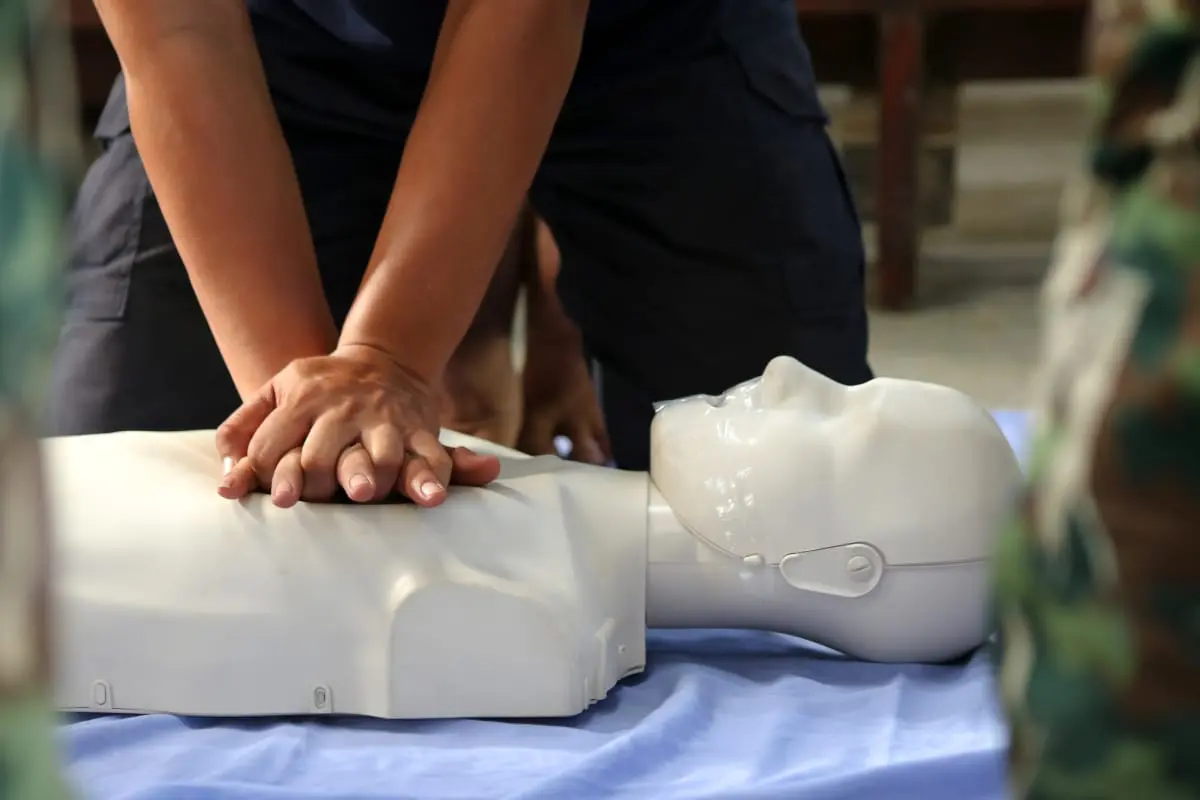A Brief History Of CPR
CPR courses are organized and taught to help provide medical professionals, first responders, caregivers, and everyday people the training and tools to help resuscitate an unresponsive person. But how did the medical science behind resuscitating people develop over time to become a well-researched and highly effective method of saving lives that just about anybody can learn to do?
In today’s blog from In-Pulse CPR, we will take a look at that extraordinary story, highlighting some of the eye-brow raising and awe-inspiring moments and individuals along the way. Read on to learn more, or if you are interested in signing up for a CPR course near you, then check out our list of scheduled CPR courses in Florida, Pennsylvania, and Minnesota today.
Early Understandings About Resuscitation
For centuries, medical professionals struggled with discerning the best methods for resuscitating an incapacitated person. Oftentimes, an unresponsive person was found by someone else, and a doctor or nurse couldn’t even be sure what had happened. Were they knocked unconscious? Did they suffer from a heart attack or stroke?
Without knowledge of the cause of incapacitation, medical professionals were left with little more than guesses about how to revive someone. Over centuries worth of experimentation, burning people with a brand, whipping them with stinging nettle branches, and using strong-smelling powders and liquids were all tried with varying success.
Ultimately, however, the need to address resuscitating people who were known to have drowned became the springboard for the creation of modern CPR.
In 1740, the Academie des Sciences in Paris officially recommended mouth to mouth resuscitation for reviving victims of drowning. Enough success was seen with this method around Europe that mouth to mouth resuscitation began being used in more and more circumstances.
By the mid-1800s, various medical practitioners such as Marshal Hall and Henry Silvester had added in compression and body pressure techniques that became widely emulated. This combined with research being done on animals began to run people on to the idea that manufactured respiration and circulation were powerful tools for keeping people alive or resuscitating them from unconsciousness.
For the next 75 years or so, more and more research corroborated that respiration and circulation were fundamental to keeping someone alive. However, despite some evidence that non-surgical heart massage was effective, many doctors continued to practice open-chest heart massage techniques.
The Creation Of The AHA
In 1924, six cardiologists met in Chicago and created the American Heart Association, establishing the organization that would come to stand at the forefront of research, teaching, and information on cardiovascular care in the United States.
Today, this organization creates the standards and approves certifications for all of the credible CPR courses and training in the country.
The Creation Of CPR
The decade between 1951 and 1961 would see some huge advancements in the technology, understanding, and practice of life-saving resuscitation measures practiced in the United States. Here is a brief highlight of those events:
- 1950: The AHA keeps researchers, journalists, and doctors abreast of the latest in cardiological research when it begins to publish and distribute its scientific journal, Circulation.
- 1954: Dr. James Elam proves that even expelled air still contains enough oxygen to sustain life for a short period of time.
- 1956: Dr. Elam and Dr. Peter Safar — two pioneers in respiration research — continue to work on spreading and training healthcare providers on the mouth-to-mouth resuscitation method.
- 1956: A study funded by the AHA demonstrates the viability of using external defibrillators to stabilize tremoring hearts.
- 1957: The U.S. armed forces adopt mouth-to-mouth resuscitation training into their first aid manuals.
- 1957: A team from Johns Hopkins develops the first portable external defibrillator. This grandfather of the modern AED weighed about 200 pounds.
- 1960: Dr. Safar works with two other doctors — Dr. William Kouwenhoven and Dr. James Jude — to add chest compressions to the mouth-to-mouth resuscitation currently being practiced and creating the first form of cardiopulmonary resuscitation, or CPR. The AHA quickly begins organizing structured training.
Developing CPR For The Right Situations
Since those doctors established the basis of contemporary CPR and the AHA began organizing CPR courses, CPR fundamentals have changed a bit, and specialized forms of CPR courses for pediatric, advanced life-support, and neonatal resuscitation have been developed, allowing for CPR to be used appropriately in a wide range of circumstances.
Sign Up For A CPR Course With In-Pulse CPR Today
Today, the AHA sponsors, organizes, or provides CPR courses for over 22 million people each year, and In-Pulse CPR is helping in that mission with CPR courses endorsed by the AHA in three different states: Florida, Pennsylvania, and Minnesota. Sign up for your CPR course today, and be ready to help save a life when an emergency strikes.



